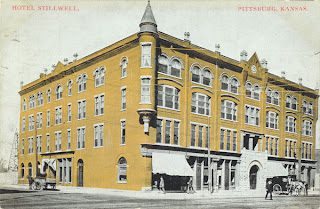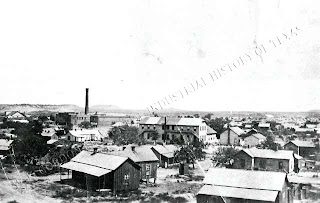Oh, You Work in a Museum…What do You do?

Oh, you work in a Museum…what do you do?
By Barbara Bogucki
I was once asked how I “fell” into Museum work. In reality, the decision to work in a Museum requires very deliberate choices. Museum Studies is a very specific field in the academic focus of History that requires course work in communications, art and even chemistry! Developing such a specific skill set stands in sharp contrast to the idea that historians are only interested in the written word, some intangible concept of old facts and ideas. Historians like me have a strong interest in material culture, sometimes known as “old stuff.” Why? An excellent book, Public History; Essays from the Field answers that question, “Something in the human psyche seems to motivate people to preserve objects which are meaningful to them, to preserve memory.” That is why I work in a Museum.
But what does that mean, to “work in a Museum?” Research historians gather information about objects. These Museum professionals strive to answers questions regarding an object far beyond identifying WHAT “it” is. They fill in the blanks regarding WHY it is, WHO it belonged to and, even, HOW it was made or used. For the public, Curators and Educators bridge the gap between an inanimate object and its living story. Management personnel ensure that Museums achieve outreach and education goals. Even retail associates have important jobs and interact with visitors on a daily basis. At the heart of all this activity, is the Collection.

The “Collection” is the Museum’s accumulation of artifacts. These artifacts require an astonishing amount of care. The old habits of storing objects in convenient attics and basements are no longer accepted as the best solution. Collections must be evaluated, recorded and protected from threats ranging from environmental dangers to vandalism. They have to be cleaned! In addition, everything from light levels, to temperature and relative humidity must be carefully set to ensure that no damage is done to objects while in storage. In addition, objects must also be protected when on display, during transport to other Museums as a loan, or when handled for research purposes. So specific are the details for collections care, that hundreds of books are available for consultation. The Canadian Conservation Institute has put together the definitive resource regarding collections, and indicates that collections care is not just a good practice, but an exact science as well.

The role of Museum staff can summed up by the word “stewardship,” which means “to provide care.” This care is meant to ensure that an artifact, that was originally designed to last a handful of years and be cast aside or forgotten, lasts centuries! To be a good steward means to understand that the Museum, its objects and their story, do not belong to the past, or even to the present, but to the future! It’s not easy, but it’s what we do. And we love it.





